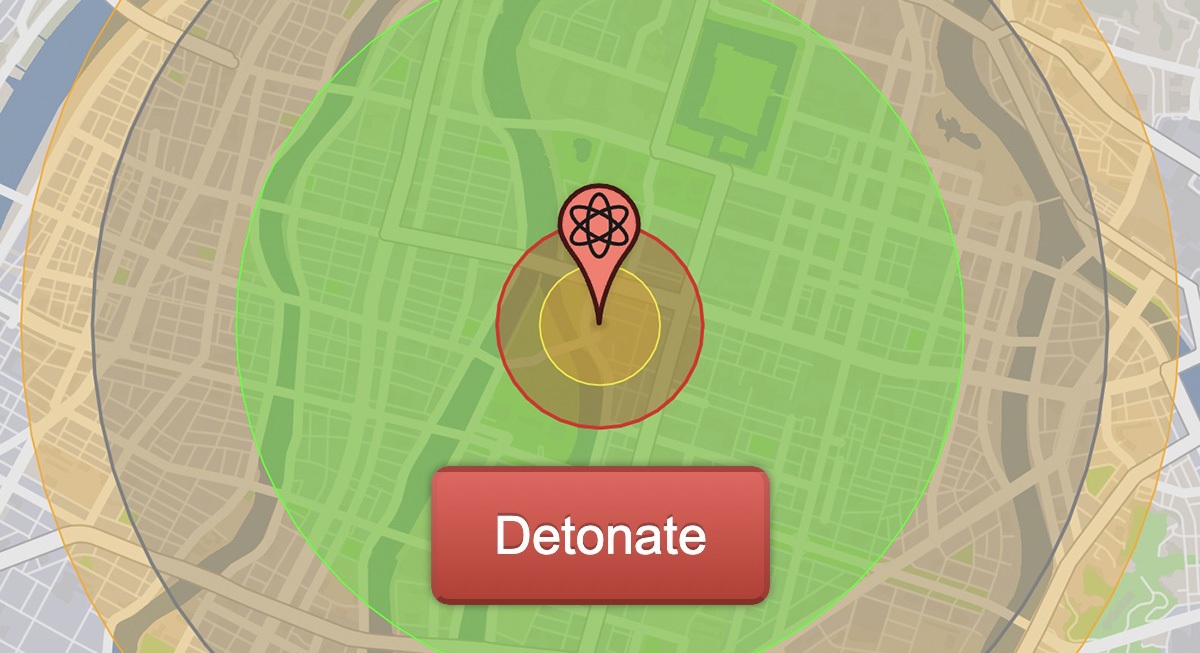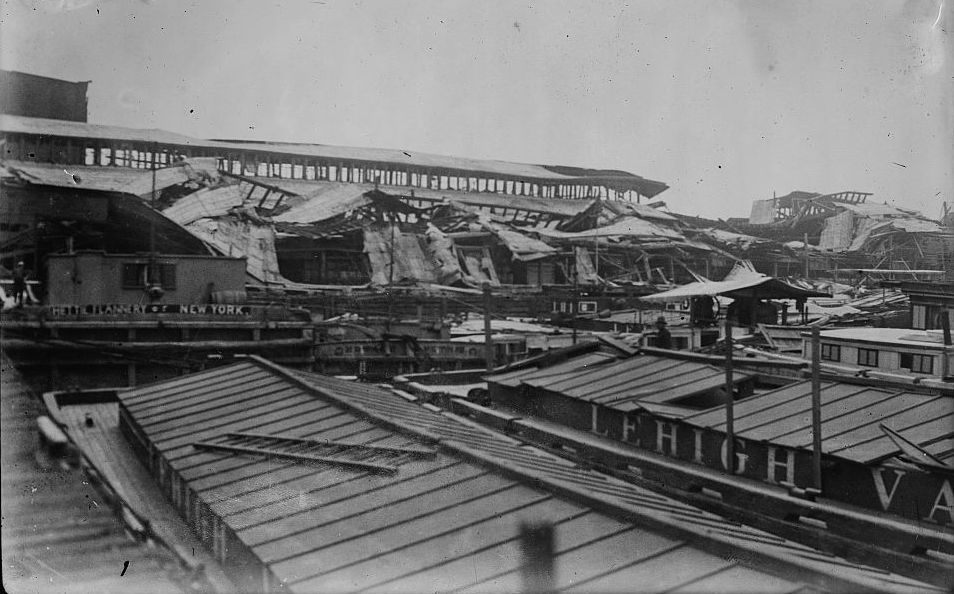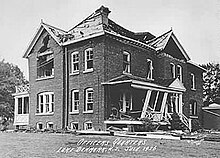Geon
Donor
Yesterday I discovered a video on The History Guy's channel on an incident that happened in New York Harbor on April 24, 1943. The S.S. Elestro was docked in the Jersey shore area or near it. The ship was being loaded with armaments for the European theater. Several tons of explosives were on board including several of the "blockbuster" bombs. A fire broke out in the engine room of the vessel. As if this wasn't bad enough the vessel was docked near another ship similarly loaded and there were railroad cars with even more ordinance on the dock waiting to be loaded. Only a heroic effort by the crew and by the coast guard prevented what could have been a major disaster. Had they been unable to stop the explosion the blast would according to one account have been the equivalent of a tactical nuclear weapon. In the words of one of the officers on duty that day at the loading area, "The blast would have made the Black Tom Explosion look like a marshmallow roast!"
The results of such an explosion would according to the video have flattened a good part of downtown Manhattan and the surrounding area including destroying The Empire State Building and shredding the Statue of Liberty! Hundreds of thousands would have been killed or wounded and most of the area would probably been consumed in firestorm by the fuel tanks that were near the ship! For all intents and purposes New York would have been rendered inoperative for the foreseeable future as a port.
Here are some questions I have for discussion. What are the short term effects of the explosion on the war effort? What are the long term effects? How long before the New York harbor would be able to service war material again?
I can think of one short term result right off the bat. A certain Fuehrer in Germany is going to be positively giddy and consider this a "gift of providence" as his cherished dream of seeing New York in flames is realized.
For those interested in details please visit "The History Guy" channel for further information on the incident.
The results of such an explosion would according to the video have flattened a good part of downtown Manhattan and the surrounding area including destroying The Empire State Building and shredding the Statue of Liberty! Hundreds of thousands would have been killed or wounded and most of the area would probably been consumed in firestorm by the fuel tanks that were near the ship! For all intents and purposes New York would have been rendered inoperative for the foreseeable future as a port.
Here are some questions I have for discussion. What are the short term effects of the explosion on the war effort? What are the long term effects? How long before the New York harbor would be able to service war material again?
I can think of one short term result right off the bat. A certain Fuehrer in Germany is going to be positively giddy and consider this a "gift of providence" as his cherished dream of seeing New York in flames is realized.
For those interested in details please visit "The History Guy" channel for further information on the incident.




